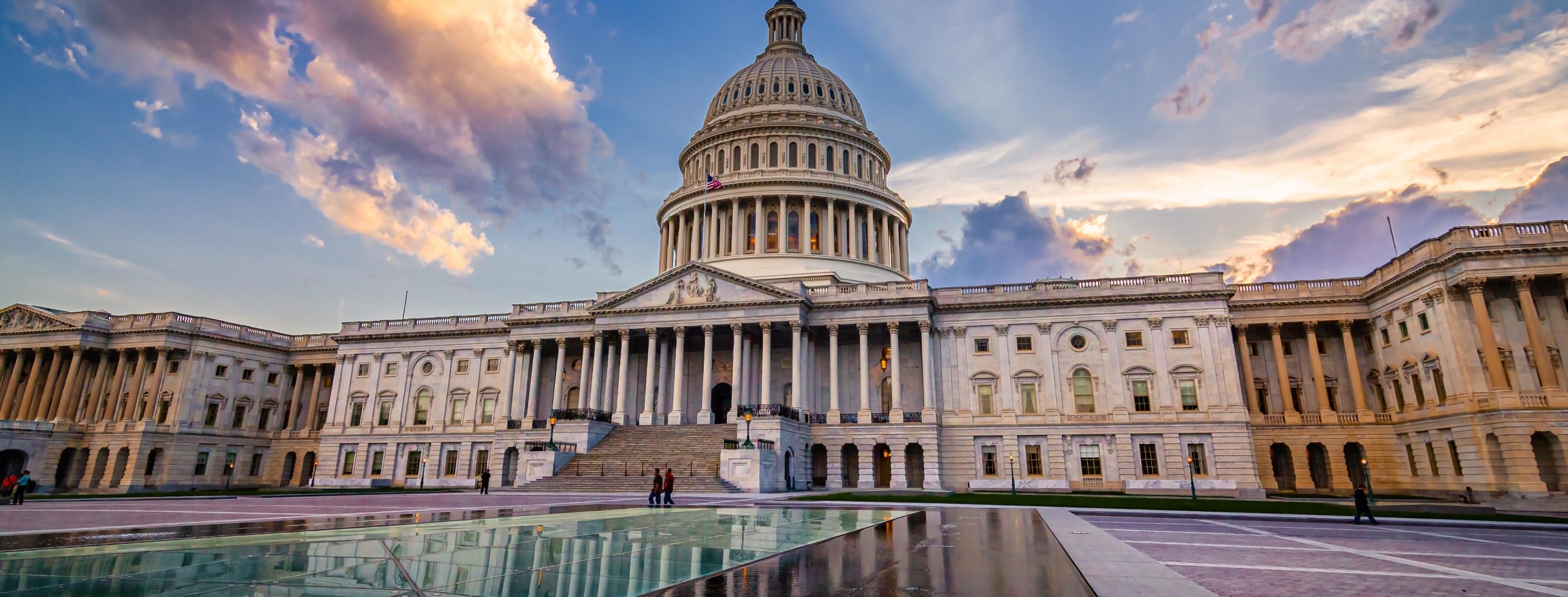.jpg?h=975&iar=0&w=2560)
27 February 2024 • 4 minute read
USPTO releases guidance on AI-assisted inventions
The US Patent and Trademark Office (USPTO) has published its “Inventorship Guidance for AI-Assisted Inventions,” which aims to instruct USPTO personnel and stakeholders in determining the correct inventors to be listed in a patent or patent application for inventions created by humans with AI assistance.
The release is pursuant to President Joe Biden’s October 2023 “Executive Order on the Safe, Secure, and Trustworthy Development and Use of Artificial Intelligence.”
Below, we outline key elements of the guidance.
- The human touch: The guidance dictates that inventorship still remains entirely with natural persons. The document re-affirms the USPTO’s stance that only natural persons can be recognized as inventors, and at least one natural person is required to significantly contribute to each claim. However, the guidance does allow for AI to play a significant role in the inventorship process.
- AI’s contribution: AI systems may contribute to the conception of the invention and are even permitted to make a significant contribution to the invention, as long as a natural person also makes a significant contribution to the conception of the invention.
- Significant contribution test – a claim-by-claim inquiry: To assess whether patent applications are eligible under 35 U.S.C. § 101 and/or 35 U.S.C. 115, practitioners and applicants must analyze each claim in the application and determine whether a natural person significantly contributed to the inventive concept captured by the claim.
- Reduction to practice is not enough: Simply analyzing an output from an AI system and appreciating the output as an invention is not deemed a significant contribution of a natural person.
- Practical guidance: The USPTO provides several guiding principles for assessing whether a natural person has contributed significantly to an AI-assisted invention. Most notably, the USPTO advises that merely maintaining intellectual domination over an AI system (eg, simply owning or overseeing an AI system) does not make a natural person an inventor. However, a significant contribution may be shown in the way a natural person constructs a prompt or in the manner in which the natural person designs, builds, and trains an AI system in view of a specific problem to elicit a particular solution from the AI system.
- Design and plant patents: The significant contribution inquiry extends equally to design and plant patents, with the added caveat that, for plant patents, the inventor must have contributed to the creation of the plant in addition to having appreciated its uniqueness and asexually reproduced it.
- No new changes in filing procedures: Since AI systems cannot be inventors and ownership initially lies with inventors, there is no change to the oath, declaration, or assignment processes. It remains that no oath or declaration should be filed on behalf of an AI system.
- Duty of disclosure and inquiry: While there are no changes to applicants’ and practitioners’ duties of disclosure and inquiry, the USPTO has reminded applicants and patent owners of their duties of disclosure and inquiry and their applicability to the inventorship determination.
- Compliance may need to be shown: If an examiner or other USPTO employee has a reasonable basis to conclude that one or more named inventors may not have contributed significantly to the claimed subject matter, the applicant or patent owner may be required to show proof of significant contribution if the examiner or a USPTO employee asks them to do so.
- Incorporation by reference: In order to be afforded an earlier effective filing date of an earlier filed application, the earlier filed application must be compliant with the significant contribution test.
For more information, please contact the authors.


